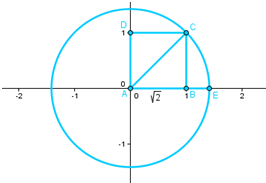Introduction to the WordPress Blogging Tutorial Series
You are a student and you your teacher encourages you to blog and share to the world what you have learned from him. The problem is you do not know how to blog.
You are a teacher and you want to encourage your students to blog and share to the world what you have taught them. The problem is you do not have time to teach them how to blog.
You are an educator, you want to share your thoughts, but you have no time to explore a blogging website.
You searched for a blogging tutorial on the net and what you got are hundreds of 2-page (or more) independent documents which has no apparent beginning, no clear end, and no continuity at all.

The Math and Multimedia tutorial is probably the answer that you are looking for. Starting next week,we will be learning WordPress blogging, step-by-step, just like how I taught GeoGebra, so I suggest that you start informing people who you think might be interested about this tutorial. » Read more


